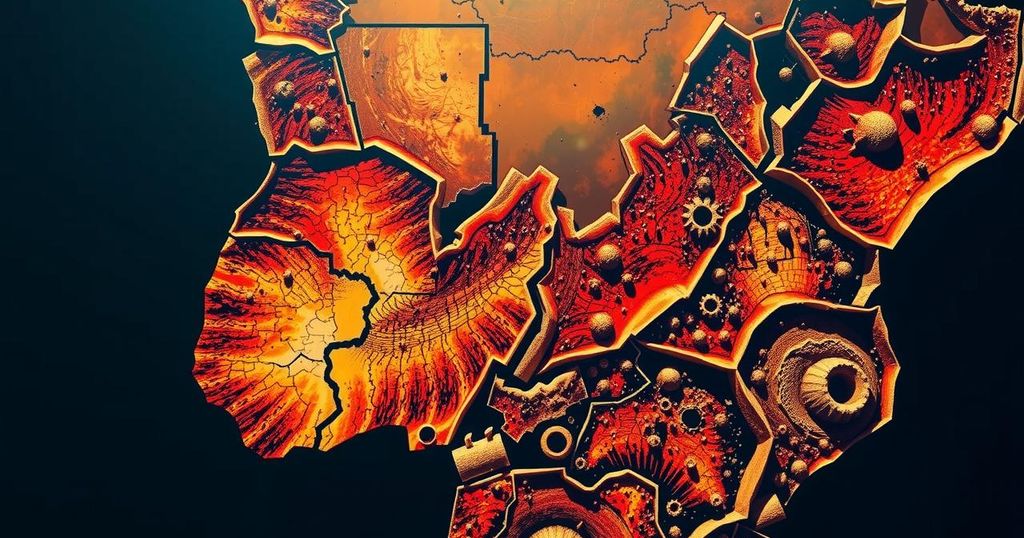Southern Africa is facing its worst drought in a century, affecting over 27 million people, including 21 million malnourished children. The drought has led to national disasters in several countries, with severe implications for food security and health, as aid agencies warn of further deterioration until at least the next harvest season.
The Southern Africa region is currently experiencing its worst drought in a century, profoundly impacting the livelihoods and health of millions. Over 27 million individuals are affected, with 21 million children suffering from malnutrition, according to reports from the World Food Programme (WFP). Countries such as Lesotho, Malawi, Namibia, Zambia, and Zimbabwe have declared national disasters due to severe shortages in food. Angola and Mozambique are also feeling the effects of this extensive drought, which is projected to worsen until the next harvest season in March or April of the following year. Tomson Phiri, a spokesperson for the WFP, stated, “A historic drought – the worst food crisis yet – has devastated more than 27 million lives across the region. Some 21 million children are malnourished.” The onset of October in Southern Africa signals the beginning of the lean season, with expectations that conditions will deteriorate month by month leading up to the next harvest. This drought has resulted in failed crops and the death of livestock, leaving many children fortunate if they receive just one meal per day. The community heavily relies on small-scale agriculture, which is dependent on rain. Drought conditions, worsened by the El Niño phenomenon and rising temperatures due to climate change, have had catastrophic effects on agricultural output. A UN official confirmed in July that this drought marked an unprecedented climatic event for the region, obliterating 70 percent of Zambian harvests and 80 percent in Zimbabwe, as noted by Lola Castro, the WFP’s acting regional director for southern Africa. The unprecedented lack of rainfall has not only decimated food supplies but has also reduced hydropower generation, resulting in significant electricity shortages across the region. Consequently, both Zimbabwe and Namibia have initiated wildlife culls, including culling elephants, to provide meat to feed the starving population.
Southern Africa has been subjected to a relentless drought that has escalated into a dire humanitarian crisis. The need for rain-fed agriculture in this region, compounded by the ongoing threats posed by climate change, makes it exceedingly vulnerable to such extreme weather events. The region’s poor infrastructure and limited resources further exacerbate its capacity to respond effectively to droughts when they emerge. Previous warnings from aid organizations highlighted the increasing frequency of climate change-induced natural disasters, indicating a pressing need for sustainability initiatives and climate resilience efforts.
In conclusion, the drought affecting Southern Africa represents a major humanitarian crisis, with millions at risk due to widespread food insecurity and malnutrition. This situation calls for immediate attention from the international community to provide essential aid and implement long-term measures to combat the impacts of climate change in the region, which continues to jeopardize the health and livelihoods of millions.
Original Source: www.aljazeera.com






